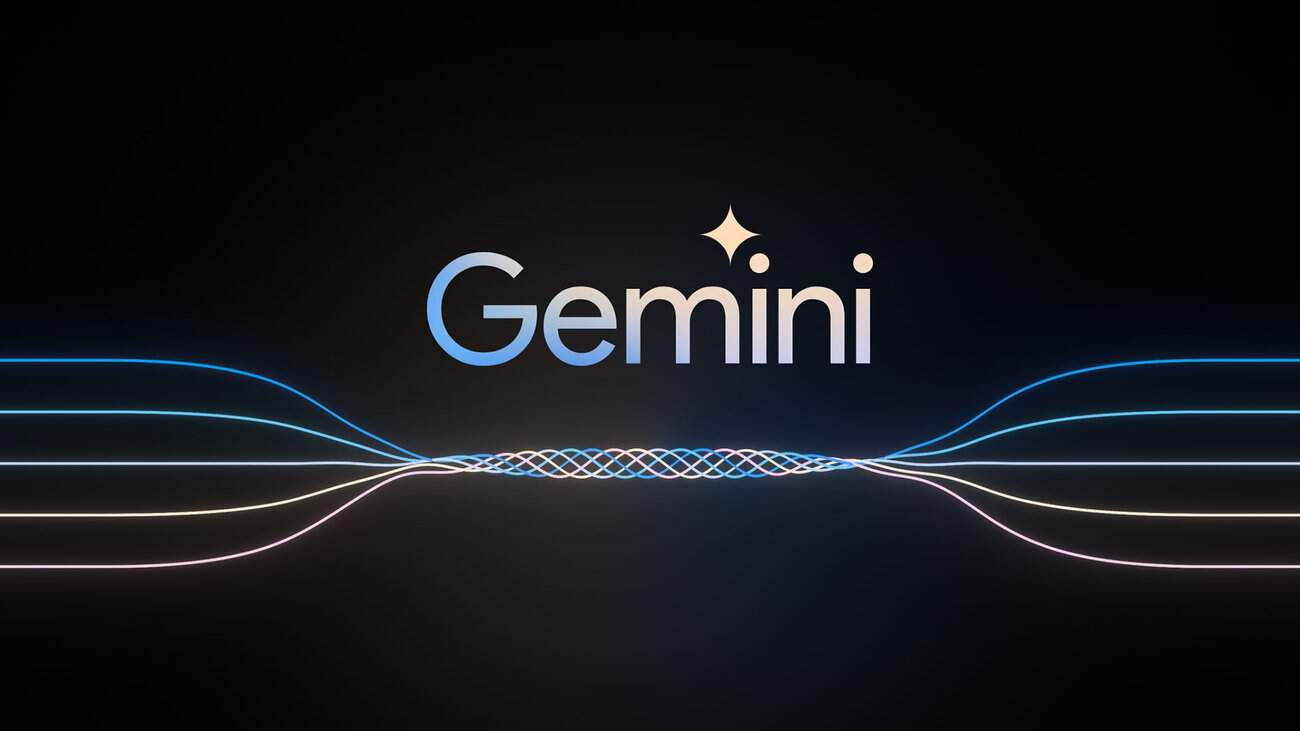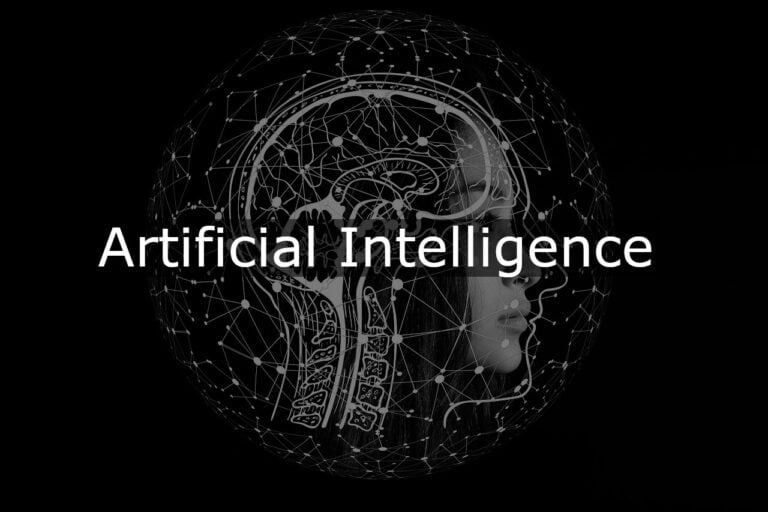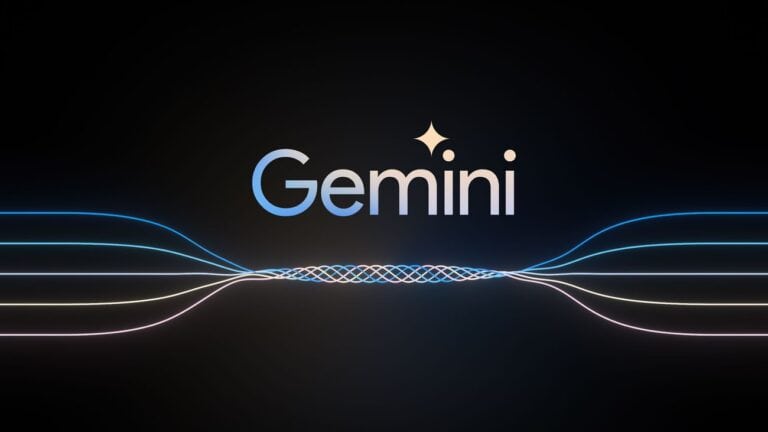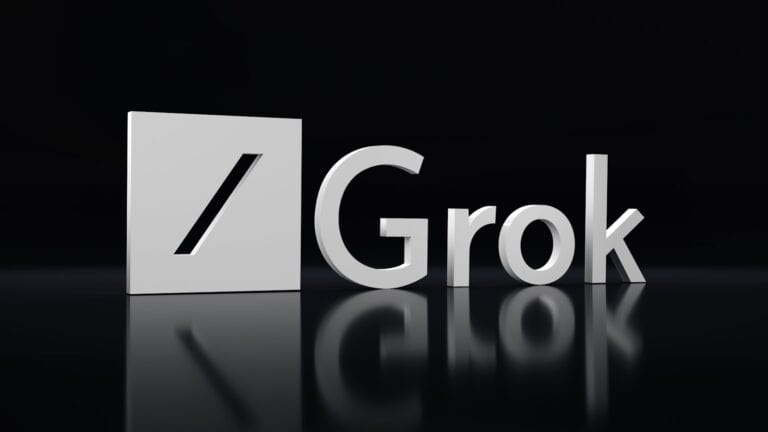Google Gemini is Google’s next-generation AI model family, representing a major leap forward in multimodal intelligence and reasoning. Built by Google DeepMind, Gemini combines advanced language understanding, vision, audio, and code capabilities into a single unified system — making it one of the most powerful AI platforms available today.
In this guide, we’ll explore what Google Gemini is, its key capabilities, and how it’s transforming productivity, creativity, and problem-solving across industries.
What Is Google Gemini?
Google Gemini is a family of large language and multimodal models developed by Google DeepMind. It was first introduced in late 2023 as the successor to Bard and has since evolved into a full ecosystem of AI tools integrated across Google’s products — including Gemini Advanced, Gemini for Workspace, Gemini for Pixel, and Gemini in Google Cloud.
As of 2025, the latest release is Gemini 2.5, which features enhanced reasoning, planning, and multimodal understanding (source: Google AI).
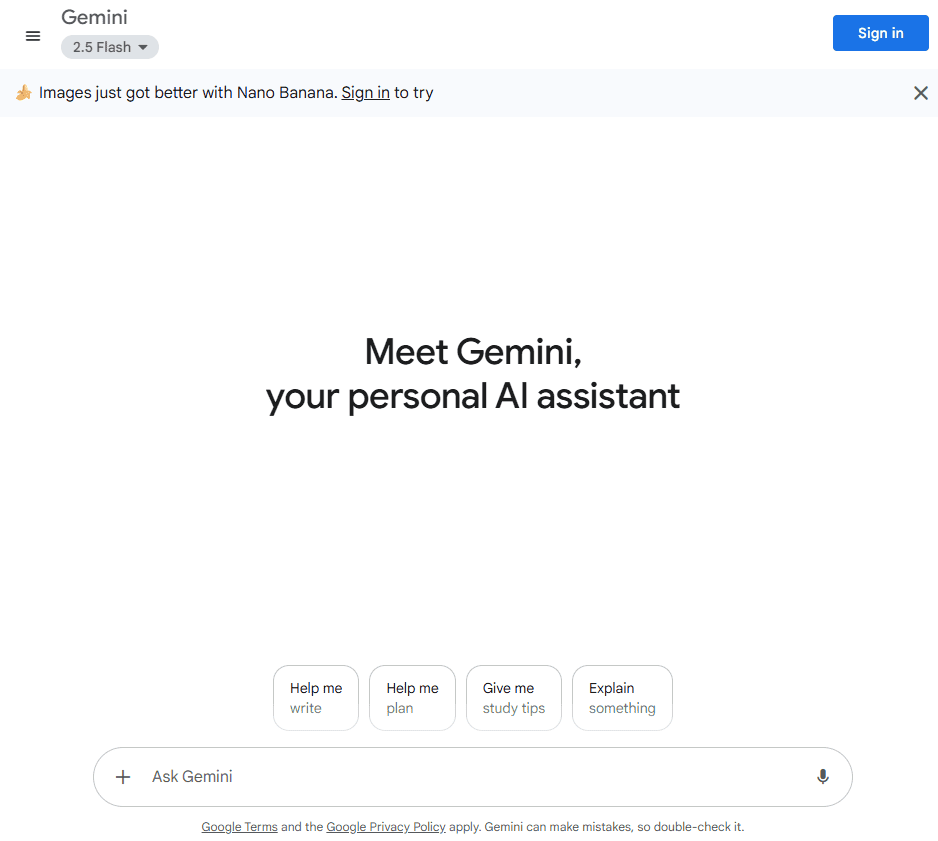
Core Capabilities of Google Gemini
1. Multimodal Understanding
Gemini can process and generate information across text, images, audio, video, and code — all in one model.
This means it can:
- Analyze images or diagrams and explain them in natural language
- Understand spoken queries and generate contextual responses
- Watch a video clip and summarize key moments
- Combine text, visuals, and sound for richer, more interactive outputs
This multimodal capability makes Gemini ideal for creative professionals, educators, and developers who work across multiple media formats (source: Google Gemini Review 2025).
2. Advanced Reasoning and Problem Solving
One of Gemini 2.5’s standout features is its chain-of-thought reasoning — the ability to “think through” complex problems before responding.
This allows it to:
- Solve advanced math and logic problems
- Generate step-by-step explanations
- Plan tasks or projects with contextual awareness
- Write and debug code efficiently
According to Google, Gemini 2.5 models can “reason through their thoughts before responding,” resulting in improved accuracy and reliability (source: Google AI).
3. Natural Language Mastery
Gemini exhibits near-human fluency across dozens of languages. It can:
- Translate between over 100 languages
- Summarize long documents or meetings
- Write professional content (emails, essays, reports)
- Generate creative text (stories, dialogue, scripts)
Its contextual awareness also enables tone adaptation, meaning it can match your writing style — whether formal, friendly, or technical.
4. Coding and Developer Tools
Gemini is deeply integrated into Google’s developer ecosystem. With Gemini in Google Cloud and Gemini Code Assist, developers can:
- Write, debug, and optimize code in multiple languages
- Generate documentation automatically
- Build and deploy AI-powered applications
- Use natural language to query data and APIs
Gemini supports popular languages like Python, JavaScript, C++, and Go, making it a versatile companion for software engineering and data science.
5. Integration with Google Workspace
Gemini is built directly into Google Workspace apps — including Docs, Sheets, Gmail, Slides, and Meet — transforming productivity for businesses and individuals.
Examples include:
- Drafting and refining emails in Gmail
- Summarizing meeting notes in Google Meet
- Generating data insights in Sheets
- Creating slides and visuals automatically in Slides
This integration allows users to collaborate more efficiently while leveraging Gemini’s intelligence in real time (source: Google Cloud Blog).
6. Personalization and Context Awareness
Gemini learns from your preferences and context (with privacy controls in place). It can:
- Remember prior interactions to maintain context
- Suggest personalized recommendations
- Adapt responses based on your workflow or project history
This makes Gemini feel less like a static chatbot and more like an AI collaborator that evolves with you.
7. Cross-Platform Availability
Gemini is available across multiple platforms:
- Mobile: Built into Android and Pixel devices as Gemini on Pixel
- Web: Accessible via gemini.google.com
- Cloud: Integrated into Google Cloud for enterprise AI solutions
- Third-party apps: Through Gemini API and extensions
This flexibility ensures users can access Gemini’s capabilities anywhere — from smartphones to enterprise systems.
Gemini Advanced: The Premium Experience
Gemini Advanced is Google’s premium AI offering, powered by the most capable Gemini models. It’s designed for users who need advanced reasoning, longer context windows, and deeper multimodal capabilities.
Gemini Advanced excels at:
- Handling large documents or datasets
- Conducting in-depth research
- Generating long-form creative content
- Supporting professional workflows (e.g., coding, design, analysis)
You can access Gemini Advanced through a Google One AI Premium plan (source: Google Store).
Responsible AI and Safety
Google has emphasized responsible AI development with Gemini, implementing strict safety, transparency, and bias mitigation measures.
Key initiatives include:
- Reinforced fact-checking and grounding tools
- Content moderation and ethical use policies
- User control over data and personalization settings
These measures ensure Gemini’s outputs remain accurate, fair, and aligned with Google’s AI principles (source: Google Year in Review 2024).
The Future of Gemini
Looking ahead, Google plans to expand Gemini’s ecosystem with:
- Gemini 3.0, expected to feature real-time reasoning and AI agents
- Deeper integration with Android, Chrome, and Search
- Custom AI agents for businesses and individuals
- Open APIs for developers to create Gemini-powered applications
These advancements are part of Google’s broader vision to make Gemini the foundation of a new era of intelligent computing.
Final Thoughts
Google Gemini represents a major milestone in AI evolution — blending powerful multimodal reasoning, creativity, and contextual intelligence into one cohesive platform. Whether you’re a developer, business leader, or everyday user, Gemini’s capabilities make it an indispensable tool for productivity, innovation, and exploration in 2025 and beyond.
Related Reading:

